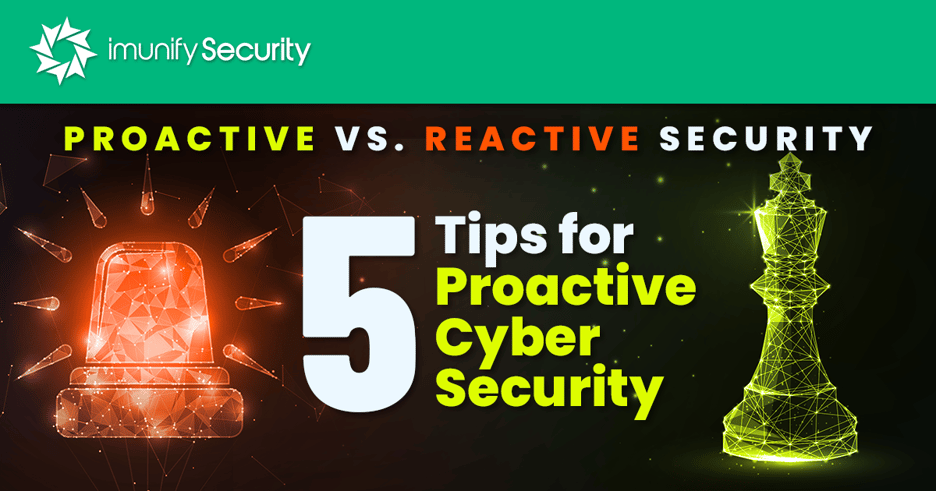
In the rapidly evolving world of cybersecurity, numbers tell a powerful story. For Imunify360, these numbers highlight not only our success but also the vital role we play in keeping websites secure across the globe

For years, cybersecurity has been reactive - incidents were identified and remediated after discovery. But having a reactive strategy means that you often clean up after the damage has already been done. It only takes a few minutes for attackers to exfiltrate data, so a reactive strategy is no longer the best practice due to the massive revenue loss after a breach. Instead, organizations should push towards a proactive approach to stop attackers before they can do any damage and steal data. The article covers the following topics:
The Imunify team is happy to report that we achieved another performance improvement. This time it relates to the Proactive Defense module and Real-time AV scanner.

On December 6th, the Imunify360 team released an improved set of rules for Proactive Defense. The rules are destined to enhance the overall performance of the server. At this time, we already see an average load decrease on servers running Imunify360 as well as significantly lower response time (see Figure 1).

Frequently during an investigation of malicious activity, we face infections that spread through the attack vector that could not be covered by plain WAF rule. For instance, it is possible when

WP-VCD is a hacking campaign that’s responsible for the vast majority of WordPress malware infections. It has launched massive campaigns that have been very effective. Conducted on weekends, when many security staff are off the job, its campaigns have infected around two million WordPress sites.

.png?width=115&height=115&name=pci-dss%20(1).png)
